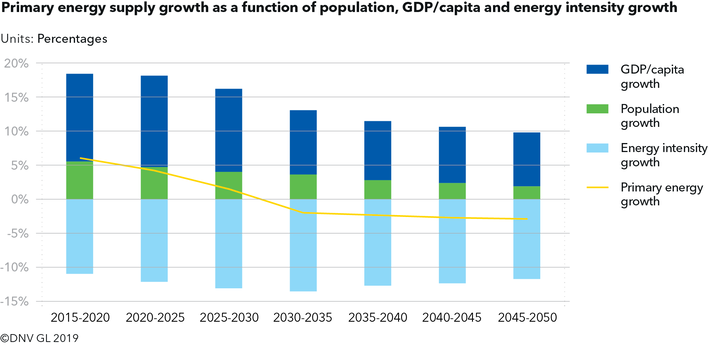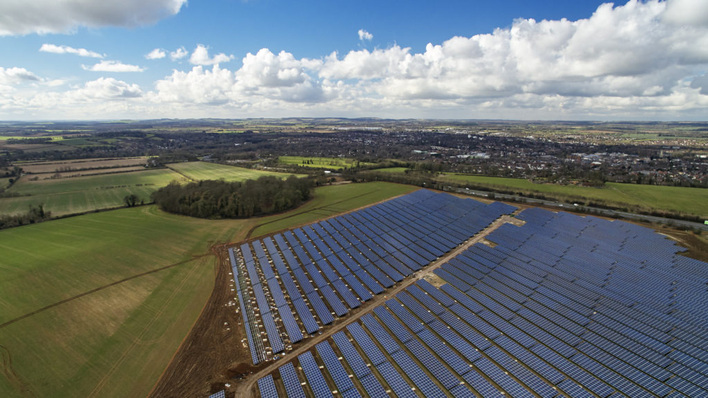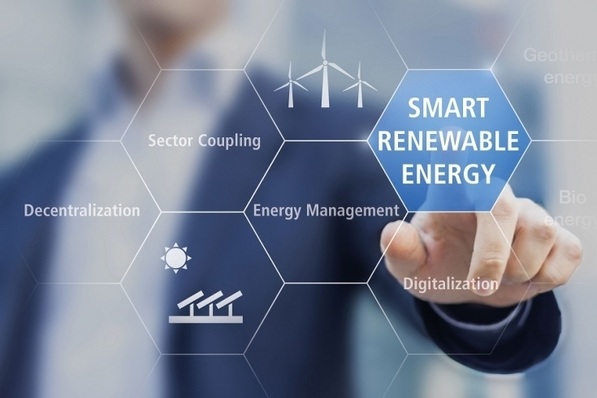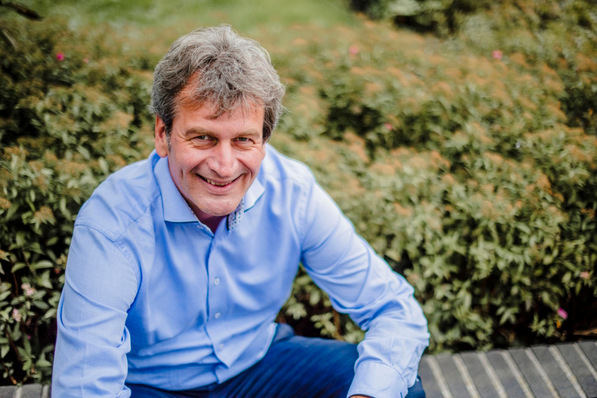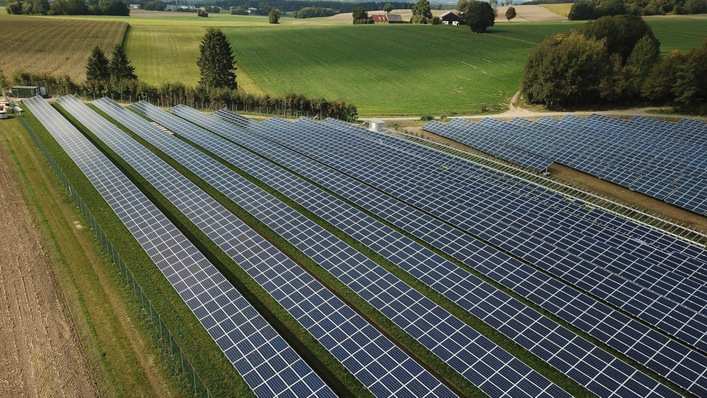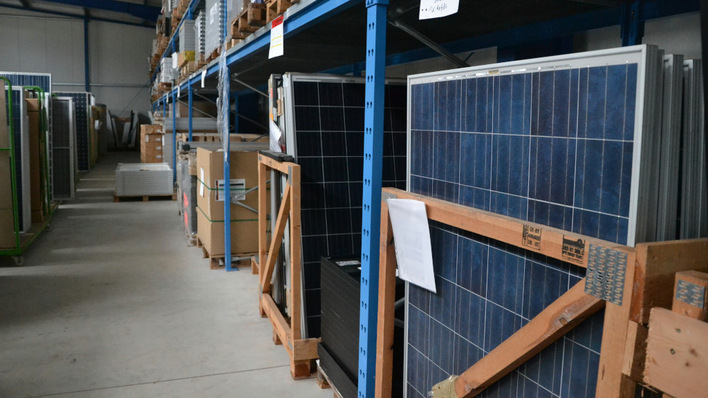The next year will again bring focus to the ongoing transition of the energy industry. Responding to the public’s concerns around the progress of climate change and industry’s push to adopt green technologies will be two major drivers in 2020. It is increasingly clear that government leaders must take a proactive approach in addressing the roadblocks currently hindering significant progress.
More climate friendly electrical switchgears - alternatives to SF6 gas needed
“Next year, the European Commission must review the progress for reliable, cost-effective, and energy-efficient alternatives to Sulphur Hexafluoride (SF6) in electric switchgear. As more solar and wind farms are being built, the demand for electrical switchgear increasing. Unfortunately, most of today’s switchgear contains - and leaks - SF6 gas. SF6 is by far the worst of all greenhouse gases (23,500 times as potent as CO2), and it has long since been banned in the EU for most uses.
However, a carve-out was allowed for large electrical switchgear due to industry pressure. As the awareness of global warming has grown, both industry and regulators are increasingly aware that SF6 usage in electric switchgear is growing and must now be addressed. By latest July 2020 the EU must report back on this issue and assess how quickly we as an industry can end the use of SF6. This applies particularly to medium voltage switchgear, which is the most prevalent type and where a high number of commercially available and long existing systems are available in the market.”

Allowing grid operators to leverage added flexible capabilities
“Flexibility and a need for updated regulations will become an urgent point of conversation within the energy market in 2020. Growing electric vehicles means growing energy demand, and as renewables are not as dispatchable as coal or gas, a solution must be found. Grid management to match supply and demand of electricity is becoming increasingly complicated as more decentralized generation comes into the equation and demand changes. Enabling new types of assets such as energy storage and smart use of power is required to ensure a stable system by allowing grid operators to leverage added flexible capabilities.”
See our video about second life storage
Foster behind the meter battery storage - modernize regulation and market structures
“There is an overall trend of large battery storage projects coming onto the grid, but behind the meter is still limited due to outdated regulations and market structures. With the growth in EV’s and new gigawatt scale factories coming online, battery prices continue to fall. This is enabling a growth in large grid energy storage projects. However, behind the meter energy storage still cannot access the same markets, and as a result, is limited. Given that electrons flow easily, opening up markets for aggregators and improving regulations is needed to rapidly accelerate the growth in using batteries “behind the meter” – namely in buildings and residences. This will allow faster growth in all renewables and democratize energy storage and solar for all electricity consumers.”
Did you miss that video about home storage?
Smart grids of the future
“In 2020, there will be more of a focus on the digitalisation of the grid. There can be no ‘smart’ grid without comprehensive awareness around what is happening across all energy systems. What is clear is that we must avoid major blackouts - like the one seen in the UK in 2019 - and the best way to do so will be by leveraging new digital tools. It’s now possible to create and manage microgrids that can let parts of the grid run without interruption even when major failures or unplanned events occur. Till now, most of these innovations have only been simulated, and it is time to increase the number of pilots and the development of digitalisation, and the implementation of software. This will be the next big step towards the smart grid of the future.” (HCN)


